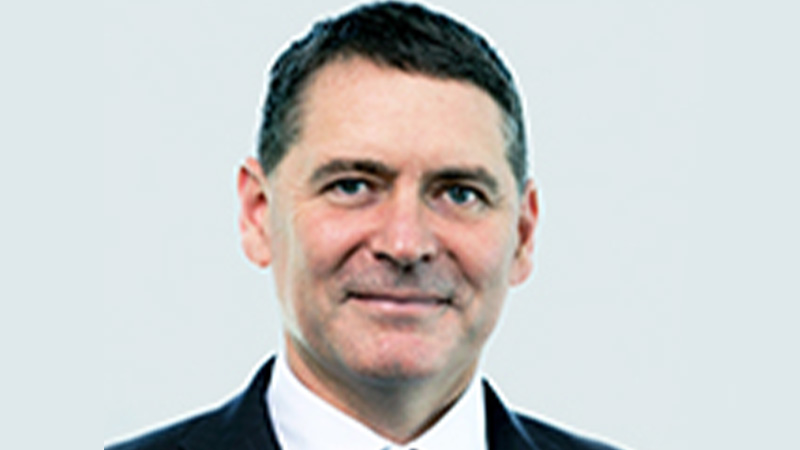Lower interest rates forcing retirees into riskier markets
With the Reserve Bank of Australia and other central banks using lower rates as a way to try and stimulate economic activity, retirees may be looking to invest in riskier parts of the debt and equity markets, warns an investment manager.
In a market update, State Street Global Advisors stated that interest rates globally have generally been in decline for the last 30 years and there are now expectations that further rate cuts are yet to come.
At the beginning of this month, the RBA decided to lower the official cash rate by 25 basis points to 1.25 per cent, and there is speculation that there could be further cuts later in the year.
Head of portfolio management, Australia, for Active Quantitative Equity Group Bruce Apted said the interest available from fixed income securities has declined steadily in the past three decades, with yields from 10-year government bonds currently standing at 1.41 per cent.
“Cash interest rates are also trending lower and the expectation is for cash rates in the United States and in Australia to continue to decline. [The] rates the banks will actually pay deposit holders is typically lower again,” Mr Apted said.
When central banks lower rates, Mr Apted said, they are usually looking to stimulate economic activity and encourage investment, but as investors are faced with lower and lower rates, they will be encouraged to invest in more risky parts of the debt and equity market and other alternatives.
“Retirees dependent on income to support their daily living have little option but to consider alternative sources of income,” he said.
“In past cycles, we have seen an increased allocation to lower quality credit, emerging market credit, leveraged investments, alternatives and equities. Each investment choice comes with different risks.”
Ironically, many of these investments, he cautioned, are of greater risk right at the time they seem more appealing.
“Higher-yield credit and investments with greater leverage will typically be more risky towards the later stages of the economic and credit cycle right when investors may be more tempted by the higher yields,” he warned.
“Within equities, we are all too aware of the dangerous allure of higher yield in isolation, and the same can be said for many other forms of higher yield.”
In these more fragile times, it is especially important for investors to focus on the quality of the investment, he said.
Lower-quality companies are able to fund their business activities more easily in a low-rate environment, he said.
“Many of these same businesses may not be able to survive in a high-rate environment,” he cautioned.
“At the same time, companies with low growth in sales and revenues have utilised low funding costs to engineer growth in earnings.”
Increasingly in the last 10 years, Mr Apted said he has witnessed companies borrowing at ultra-low rates only to then buy back their own shares to engineer an improvement in earnings per share.
“How will these companies grow earnings if rates increase or if they can no longer fund these share buybacks?” he questioned.
“The better-quality companies can generate excess cash and have the option to retire debt, invest in new business opportunities or return excess cash to shareholders in the form of dividends or buy back shares.”

Miranda Brownlee
Miranda Brownlee is the deputy editor of SMSF Adviser, which is the leading source of news, strategy and educational content for professionals working in the SMSF sector.
Since joining the team in 2014, Miranda has been responsible for breaking some of the biggest superannuation stories in Australia, and has reported extensively on technical strategy and legislative updates.
Miranda also has broad business and financial services reporting experience, having written for titles including Investor Daily, ifa and Accountants Daily.








